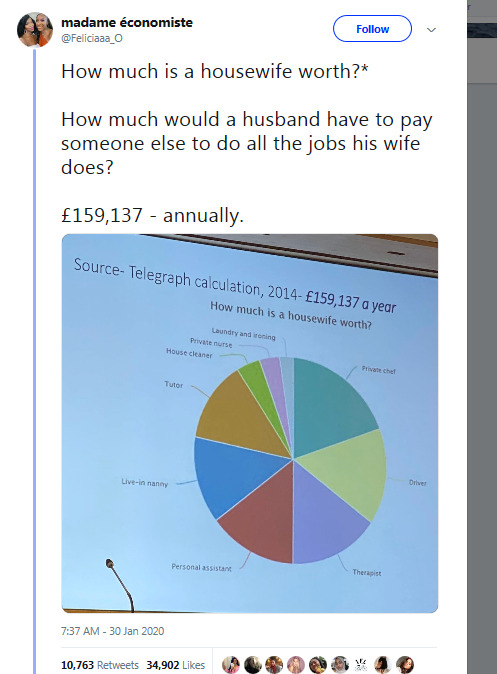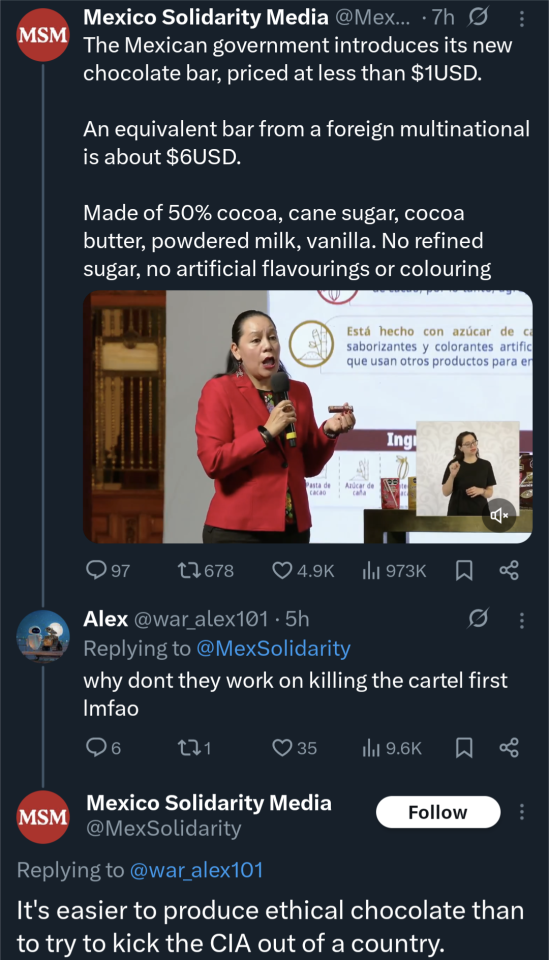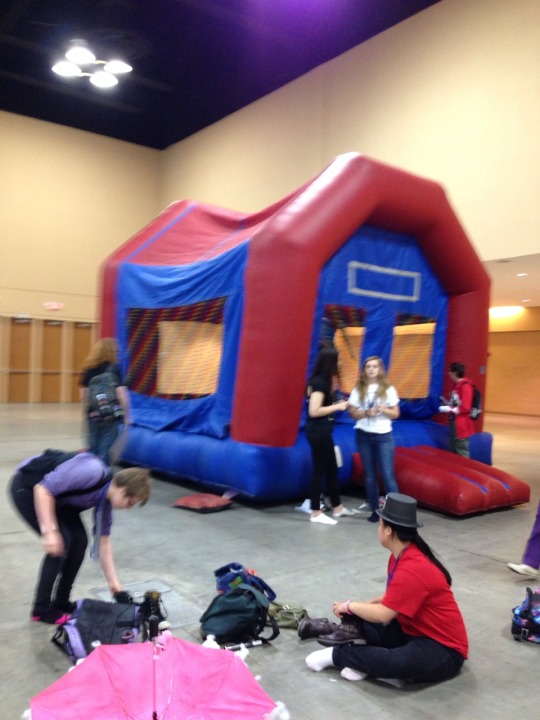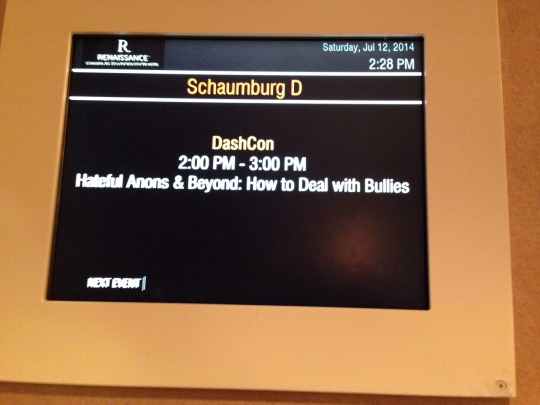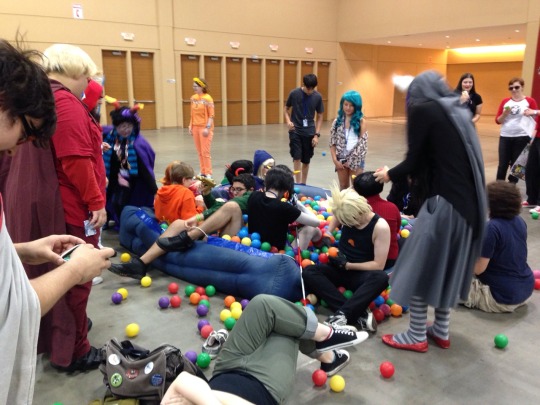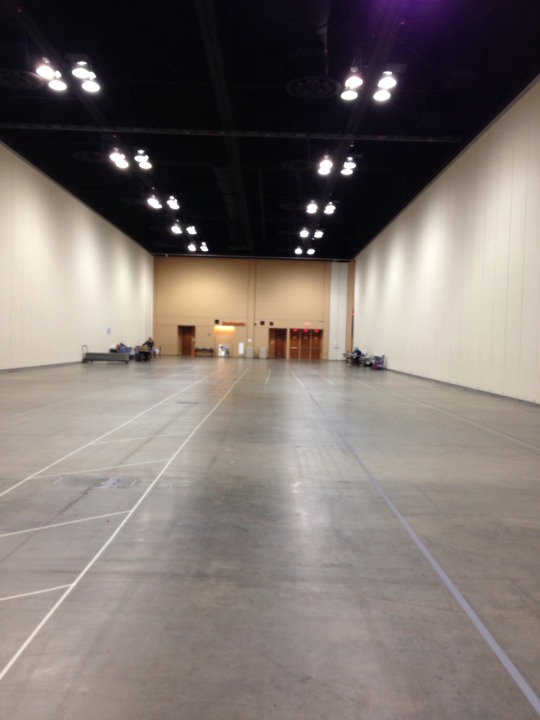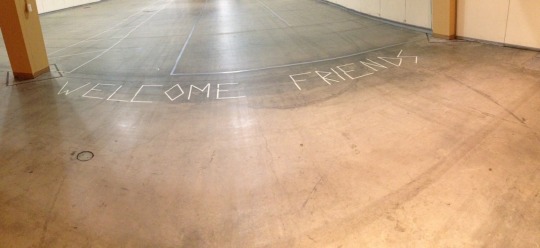27 yo demi lesbian who identifies with repressed crown princes, pirates, mafia husbands and oblivious dead boy detectives
Last active 3 hours ago
Don't wanna be here? Send us removal request.
Text


crystal palace 🤝 edwin payne
being attracted to charles rowland
41 notes
·
View notes
Video
youtube
alright guys i’ve fallen in love with a door is it over for me
Dan and Phil Date Everything! #3
1K notes
·
View notes
Text
How to Improve Your Research Skills

Whether you’re writing a blog post or a short story, you’ll likely reach a point in your first draft where you don’t have enough information to go forward—and that’s where research comes in.
Tips for Improving Your Researching Skills
A few research practices and tips to help you hone your research and writing skills:
Start broad, then dive into the specifics. Researching is a big task, so it can be overwhelming to know where to start—there’s nothing wrong with a basic internet search to get you started. Online resources like Google and Wikipedia, while not always accurate, are a great way to orient yourself in a topic, since they usually give a basic overview with a brief history and any key points.
Learn how to recognize a quality source. Not every source is reliable, so it’s crucial that you can recognize the good sources from the not-so-good ones. To determine a reliable source, you’ll need to use your analytical skills and critical thinking, and ask yourself the following questions: Does this source agree with other sources I have found? Is the author an expert in the field? Does the author’s point of view have a conflict of interest regarding this topic?
Verify information from several sources. The internet is a big place, and, for the most part, anyone can say whatever they want online—many websites don’t evaluate their content for factual accuracy. This means that there are plenty of unreliable resources out there, and even many that are outright incorrect. The best way to combat this is to make sure that whatever you find in your research, several different sources can verify that it is true. Rather than going off of one webpage, make sure that at least two other places say something similar.
Be open to surprising answers. Good research is all about finding answers to your research questions—not necessarily as a way to verify what you already think you know. Solely looking for confirmation is a very limiting research strategy, since it involves picking and choosing what information to collect and prevents you from developing the most accurate understanding of the topic. When you conduct research, make sure to keep an open mind so that you can learn as deeply as possible.
Stay organized. During the data collection process, you’ll be seeing a huge amount of information, from webpages to PDFs to videos. It’s vital that you keep all of this information organized in some way to prevent yourself from losing something or not being able to cite something properly. There are plenty of ways to keep your research project organized, but here are a few common ones: Bookmarks in your Internet browser, index cards, and an annotated bibliography that you keep updated as you go.
Take advantage of library resources. If you still have questions about researching, don’t worry—there are plenty of places out there to help you out, even if you’re not a student doing academic or course-related research. In fact, many high school and university libraries offer resources not only for faculty members’ and students’ research but for the larger community. Be sure to check out library websites for research guides or access to specific databases.
Research skills are a vital part of the writing process because they enable writers to find information and create an outline for their writing project—whether it’s creative or academic writing. By developing organized and effective research methods, you’ll be able to become knowledgeable in any field that you need to write about.
Source ⚜ More: Writing Notes & References ⚜ Writing Resources PDFs
162 notes
·
View notes
Text

I saw a screenshot of their hug in episode 8 and I realised that they were making sort of a heart shape so I had to draw it
631 notes
·
View notes
Text
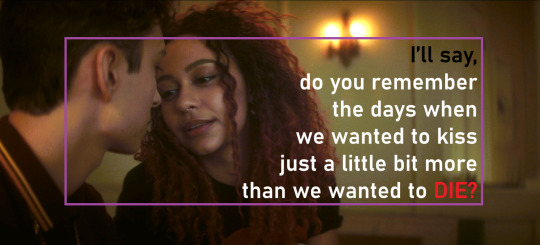

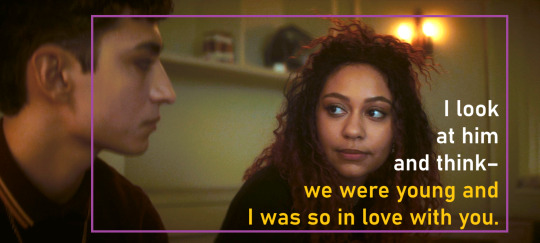
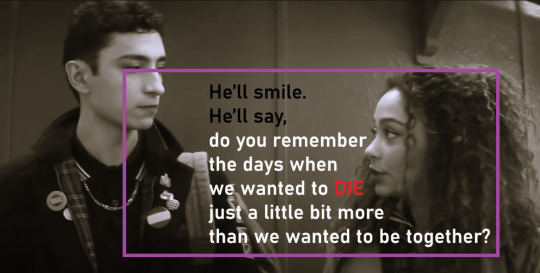
Ashe Vernon, "In Twenty Years, We Meet In A Grocery Store" || Crystal Palace and Charles Rowland, Dead Boy Detectives (2024)
49 notes
·
View notes
Text


Painland Week Day 3 - Accidental Kiss
Oopsie they were going to discuss the book finding, but they smooched instead.
642 notes
·
View notes
Text

Day 7 of painlandweek: free day (soulmates)
Edwin does something bold and it pays off spectacularly.
Passers-by below their window think they see flickering lights, like twin torches blinking, but when they look, there's nothing to see.
548 notes
·
View notes
Text
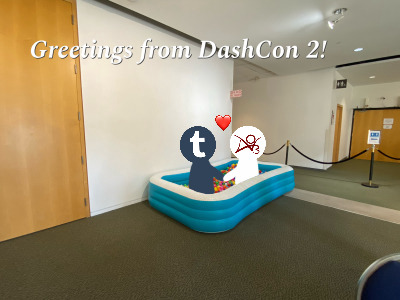
What if we held hands in the dashcon 2 ball pit
13K notes
·
View notes
Note
Enemies to friends (to lovers but that’s another prompt) where they spend every second of their time bickering each other, please? Appreciate it <3
Enemies to friends prompts
"I don't know why we haven't become friends earlier." "Oh, I know quite a few reasons for that."
"That used to really annoy you." "You still annoy me plenty."
"How much more fun it is to be friends, right?" "Yes, so much fun."
"The good old days of being enemies." "Truly the good old days."
"Being your enemy was fun, but I'm happy we're friends now."
"Aww, you like being my friend!" "One more word and we'll go back to enemies."
"People will be shocked to know we've become friends." "Not any more shocked than I am."
"We're friends now. So you need to stop making me want to kill you."
"Being enemies is sometimes easier than being your friend."
"With you as my friend I don't need any more enemies."
More: Enemies to Lovers Masterpost | Enemies to friends with benefits Prompts
- Jana
2K notes
·
View notes
Text
Writing Notes: Antagonist

Antagonist - the opposer or combatant working against the protagonist or leading character and creating the main conflict.
An antagonist is different from an antihero, who is a protagonist lacking traditional heroic qualities.
The antagonist can be one character or a group of characters, but they have to get in the protagonist’s way of pursuing their goals.
In conventional narratives, the antagonist is synonymous with the “bad guy,” while the protagonist represents the “good guy.”
Examples of antagonists include Iago from William Shakespeare’s Othello, Darth Vader from the original Star Wars trilogy, the ancient evil Sauron from Tolkien’s The Lord of the Rings, and President Snow in The Hunger Games by Suzanne Collins.
Types of Antagonists
In genre writing—especially in thrillers—antagonists are usually arch-villains, but they don’t have to be people; they can be any oppositional element that thwarts your character’s main desire. Many stories include more than one antagonist. Broadly speaking, there are four different types of antagonists:
Villains: The traditional definition of antagonist is a villain—a “bad guy” in the story, often working for evil purposes to destroy a heroic protagonist. While there can be villainous protagonists, villains are antagonists when they’re not the main character of the story but instead are the main source of conflict for the main characters. There are different types of villains within the category: the mastermind, the anti-villain, the evil villain, the minion or henchman, and the supervillain, to name a few. Examples of classic villain protagonists include Darth Vader from Star Wars, the Joker from the Batman comics, and Captain Ahab from Moby Dick.
Conflict-creators: An antagonist doesn’t have to be a “bad guy.” Sometimes, they’re just a character whose goals are in direct conflict with the protagonist’s, like Mr. Darcy in Jane Austen’s Pride and Prejudice, who is constantly at odds with the main character Elizabeth Bennet. Another example of this type of antagonist: Javert, who works to arrest Valjean in Victor Hugo’s Les Misérables.
Inanimate forces: An antagonist doesn’t have to be human—the main antagonist can sometimes be a force, like nature. A good example of an antagonistic force is the sea in Robinson Crusoe.
The protagonist themselves: The main source of conflict in a story can be from within the main character’s own self—their shortcomings or insecurities are keeping them from reaching their goal. A prime example of an internal antagonist is Holden Caulfield in J.D. Salinger’s The Catcher in the Rye. While Holden comes into conflict with many characters in the novel, the ever-present antagonizing conflict comes from his own obsessions and insecurities. If a story doesn’t have an external antagonizing force but rather seats the conflict within the protagonist, a strong backstory is useful for fueling that inner conflict.
Source ⚜ More: Writing Notes & References ⚜ Writing Resources PDFs
99 notes
·
View notes
Text
Writing Notes: Conflict

Conflict - (in literature) is a literary device characterized by a struggle between two opposing forces.
It provides crucial tension in any story and is used to drive the narrative forward.
It is often used to reveal a deeper meaning in a narrative while highlighting characters’ motivations, values, and weaknesses.
Writing Prompts for Creating Conflict
Make a list of the forces of antagonism that are stacked against your protagonist. If you’re having trouble identifying them, answer the following questions about your protagonist:
What is their main desire?
What is their unconscious desire? (This may be the inverse, or related to the main desire.)
What is the worst thing that can happen to this character?
What is something even worse that can happen to this character?
What people, institutions, or forces can bring this about? Include a description of how they do that.
How to Create Conflict in Your Writing
To create conflict for your protagonist, you’ll need forces of antagonism that work against them. In genre writing, antagonists are usually arch-villains, but they don’t have to be people—they can be any oppositional element that thwarts your character’s main desire.
In crafting this conflict, it’s helpful to remember some basic principles of antagonism:
The stronger the forces of antagonism are, the more well-developed your character will become.
The conflict should be tailored to your protagonist’s main desire.
Antagonism has to increase with time, or you’ll lose the reader’s interest.
Types of Literary Conflict
Just like it takes two to tango, it also takes two (or more) to create conflict. What you choose to pit your characters against will have a significant effect on what kind of story you tell. Many stories contain multiple types of conflict, but there is usually one that is the main focus.
Character vs. Self. This is an internal conflict, meaning that the opposition the character faces is coming from within. This may entail a struggle to discern what the moral or “right” choice is, or it may also encompass mental health struggles. All other types of conflict are external—meaning that a character comes up against an outside force that creates the conflict.
Character vs. Character. This is a common type of conflict in which one character’s needs or wants are at odds with another’s. A character conflict can be depicted as a straightforward fist fight, or as intricate and nuanced as the ongoing struggle for power in the HBO series Game of Thrones.
Character vs. Nature. In a nature conflict, a character is set in opposition to nature. This can mean the weather, the wilderness, or a natural disaster. For example, in Ernest Hemingway’s The Old Man and the Sea, the main character, Santiago finally manages to reel in a fish after months and months of bad luck. He fends off sharks, who are trying to steal his prized catch, but eventually they eat the fish—leaving Santiago with only a carcass. This is the essence of the man versus nature conflict: man struggles with human emotions, while nature charges forth undeterred.
Character vs. Supernatural. Pitting characters against phenomena like ghosts, gods, or monsters raises the stakes of a conflict by creating an unequal playing field. Supernatural conflict also covers characters, like Odysseus, who have a fate or destiny and struggle to accept the sacrifices that come along with it.
Character vs. Technology. In this case, a character is in conflict with some kind of technology. Think of the tale of John Henry, the African American folk hero. In American folklore, Henry was a former slave who worked as a steel-driver on the rail line. To prove his superiority over new technology, he raced a steam-powered rock drilling machine and won. However, he suffered a heart attack after winning the race.
Character vs. Society. A character vs. society conflict is an external conflict that occurs in literature when the protagonist is placed in opposition with society, the government, or a cultural tradition or societal norm of some kind. Characters may be motivated to take action against their society by a need to survive, a moral sense of right and wrong, or a desire for happiness, freedom, justice, or love.
Internal vs. External Conflict
All conflict falls into two categories:
Internal conflict is when a character struggles with their own opposing desires or beliefs. It happens within them, and it drives their development as a character.
External conflict sets a character against something or someone beyond their control. External forces stand in the way of a character’s motivations and create tension as the character tries to reach their goals.
Including both internal and external conflict is crucial for a good story, because life always includes both.
Source ⚜ More: Notes & References ⚜ Writing Resources PDFs
100 notes
·
View notes
